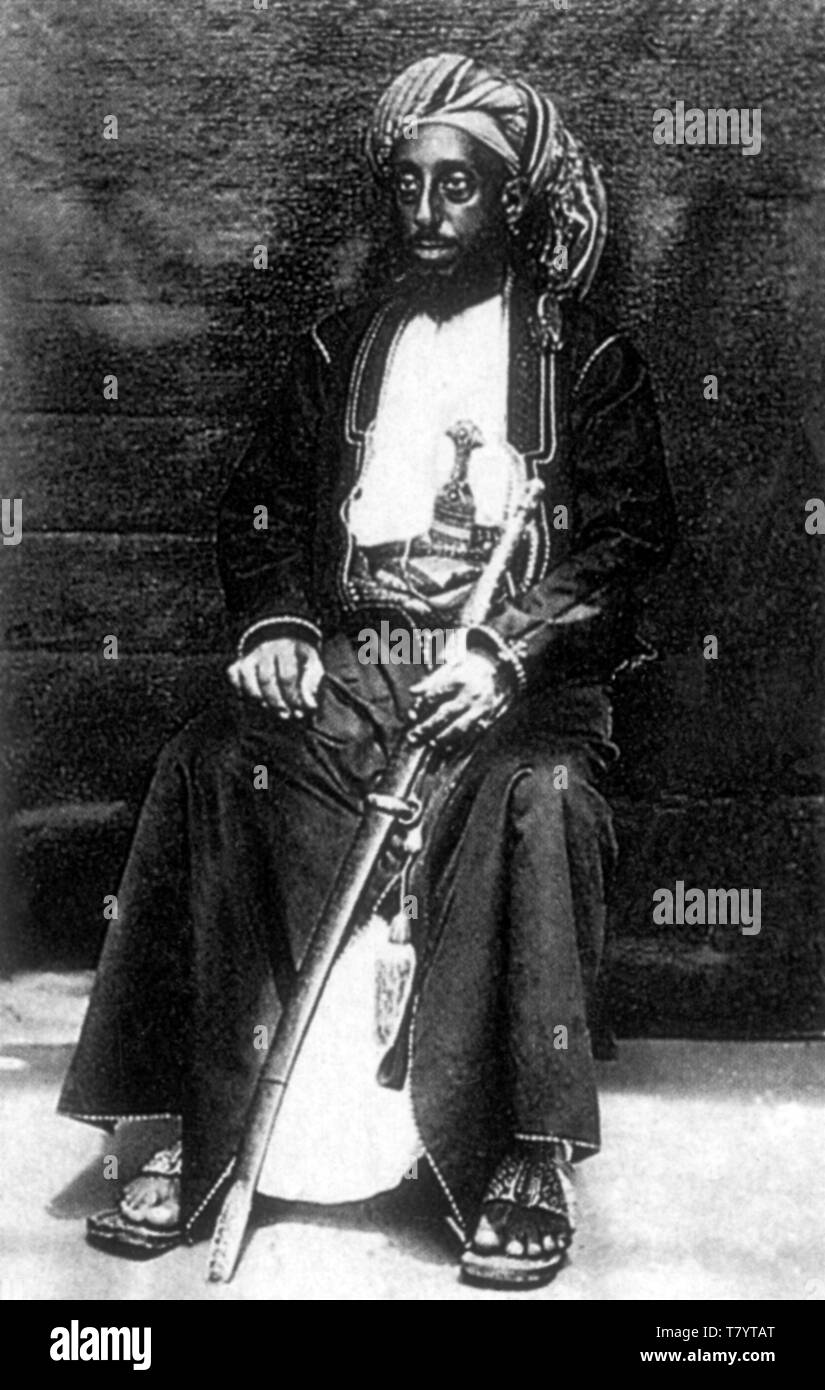
Have you ever come across the name Tippu Tib? If you haven’t, prepare yourself for an intriguing journey into the past! Tippu Tib was not merely a trader; he emerged as a significant figure in the bustling trade networks of late 19th-century Africa. Born in 1837, he became a prominent symbol of the ivory trade, which was a crucial aspect of the economic and political dynamics of central and eastern Africa during that era. His life was marked by ambition and a relentless pursuit of wealth, which ultimately influenced the region’s development in various ways. Join me as we explore the multifaceted life of Tippu Tib, examining his aspirations, the challenges he faced, and the lasting impact he left on the African trade landscape. His story is one of adventure, complexity, and the intricate interplay of commerce and politics in a transformative period of history.
Early Life and Background

Who Was Tippu Tib?
Tippu Tib, whose birth name was Hamid bin Muhammad, hailed from the vibrant island of Zanzibar. His upbringing was deeply influenced by the diverse and rich cultural tapestry of the Swahili coast, a region known for its unique blend of African, Arab, and Indian traditions. This multicultural environment not only enriched his early experiences but also played a crucial role in shaping his identity and aspirations. As he grew, Tippu Tib became well-versed in the intricacies of trade and commerce, skills that would later propel him to prominence as both a trader and a leader in the region.
The First Trading Expedition
In the late 1850s, Tippu Tib took a bold step into the unknown by embarking on his inaugural trading expedition into the heart of the African interior. Picture the scene: a small group of men, equipped with little more than their determination and resourcefulness, setting out into uncharted territory. This daring journey was not merely a quest for profit; it was a pivotal moment that would lay the foundation for his future endeavors and successes. Through this initial venture, Tippu Tib began to establish himself as a formidable figure in the world of trade, navigating the complexities of the African markets and forging connections that would prove invaluable in the years to come.
The Rise of Tippu Tib
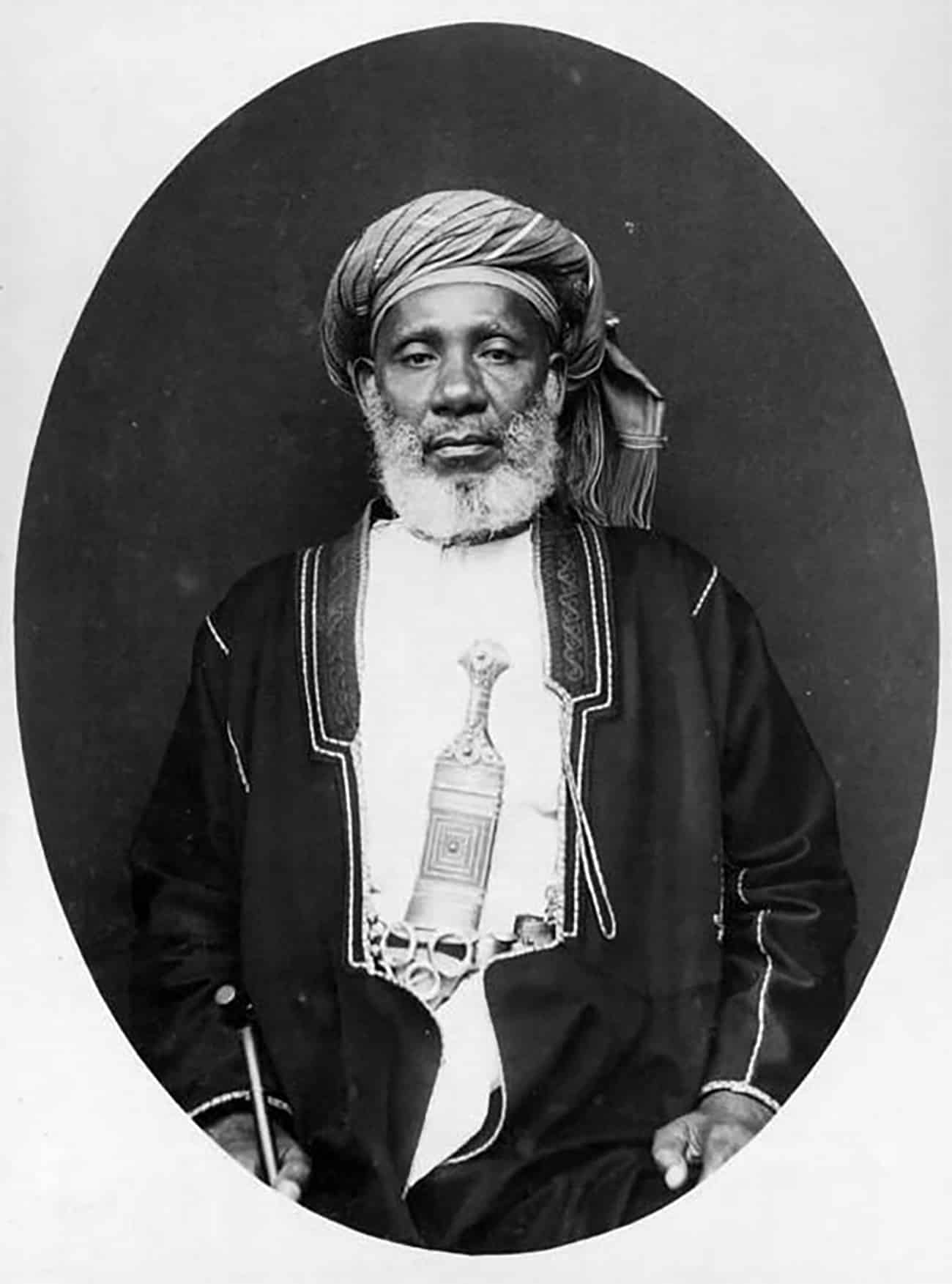
Building an Empire
As we journey into the late 1860s, we find Tippu Tib at the helm of ambitious expeditions, commanding a formidable force of up to 4,000 men. His aspirations extended far beyond mere trading; he was meticulously laying the groundwork for a loosely organized state within the expansive Congo River basin. This endeavor was not just a simple task; it required strategic foresight, immense resources, and a deep understanding of the complex socio-political landscape of the region. Tippu Tib’s vision was grand, and he was determined to carve out a lasting legacy in this rich and diverse territory.
Establishing Control
As Tippu Tib’s influence grew, he employed a calculated approach to governance. He either confirmed the authority of existing local chiefs or strategically replaced them with regents who were loyal to him. This dual strategy allowed him to maintain a firm grip over a vast expanse of land while simultaneously respecting and navigating the intricate local power dynamics. It was akin to a master chess player, always thinking several moves ahead, anticipating challenges, and positioning his pieces for maximum advantage. By balancing respect for local traditions with his own ambitions, Tippu Tib was able to create a network of alliances that fortified his control and expanded his reach throughout the region.
The Ivory Trade: Tippu Tib’s Main Interest

Monopoly on Elephant Hunting
At the core of Tippu Tib’s grand ambitions lay the highly profitable ivory trade. He skillfully established a monopoly on elephant hunting, which proved to be an incredibly lucrative venture. The wealth generated from trading ivory during this era was staggering, as it became one of the most sought-after commodities in international markets. The demand for ivory, used in everything from jewelry to piano keys, meant that those who controlled its supply could amass significant fortunes. Tippu Tib’s dominance in this trade not only enriched him personally but also allowed him to exert considerable influence over the region, shaping the economic landscape of his time.
Infrastructure Development
In order to bolster his trading activities and ensure the smooth operation of his enterprises, Tippu Tib undertook significant infrastructure development. He commissioned the construction of roads that connected various trading posts and settlements, which greatly enhanced the efficiency of transportation and communication. Additionally, he developed plantations around key settlements, including the strategically important Kasongo. This initiative not only facilitated trade by providing essential resources but also played a crucial role in establishing stable communities around his operations. By fostering a sense of stability and growth, Tippu Tib was able to create an environment conducive to trade, ensuring the long-term success of his business ventures and the prosperity of the regions he influenced.
Collaboration with Explorers

Working with Henry Morton Stanley
In 1876-77, Tippu Tib accompanied the famous British explorer Henry Morton Stanley on part of his journey down the Congo River. This collaboration was significant, as it helped Tippu Tib gain further recognition and solidify his position in the region.
Expanding Influence
After his journey with Stanley, Tippu Tib sent expeditions deep into the Congo, reaching as far as the Aruwimi confluence. His ambitions were clear: he wanted to control as much of the Congo basin as possible.
The Political Landscape
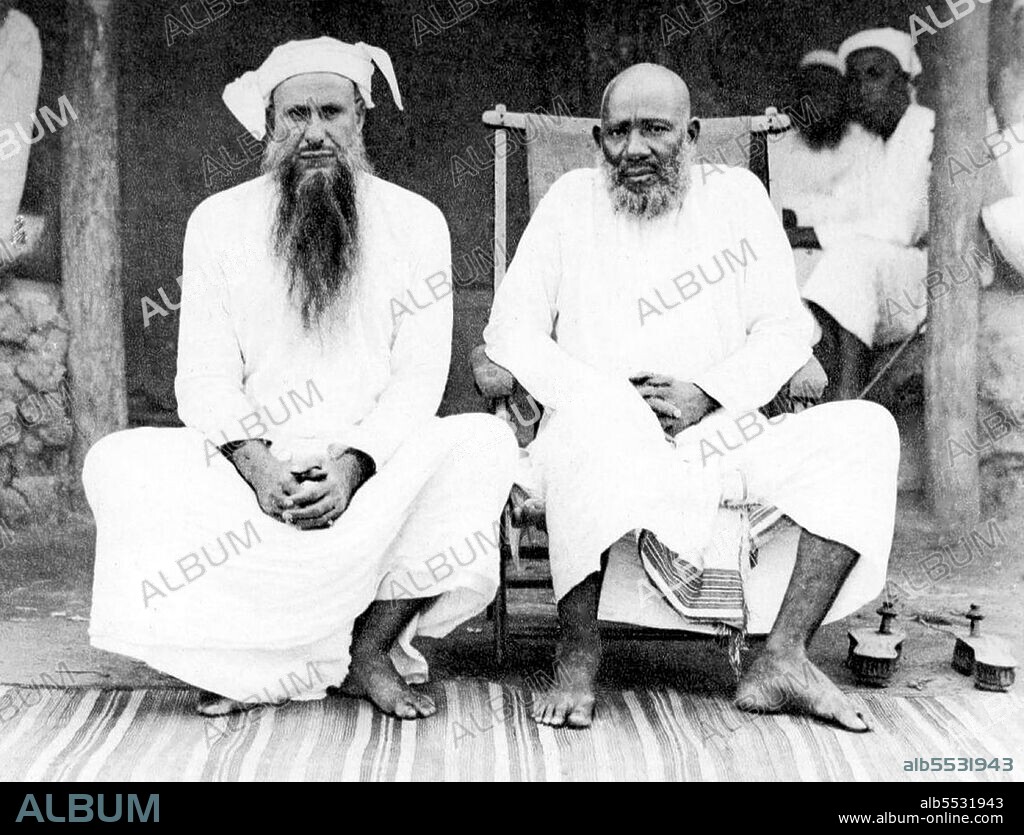
Alliance with Sultan Barghash
In the early 1880s, Tippu Tib allied himself with Sultan Barghash of Zanzibar. This partnership aimed to extend Arab influence in the Congo region, especially against the encroaching threat of King Leopold II of Belgium.
The Struggle for Control
Despite his ambitions, Tippu Tib faced significant challenges. The European powers were not just passive observers; they were actively carving up Africa. By 1886, when Tippu Tib returned to Zanzibar with a hefty load of ivory, the political landscape had shifted dramatically.
Challenges and Downfall
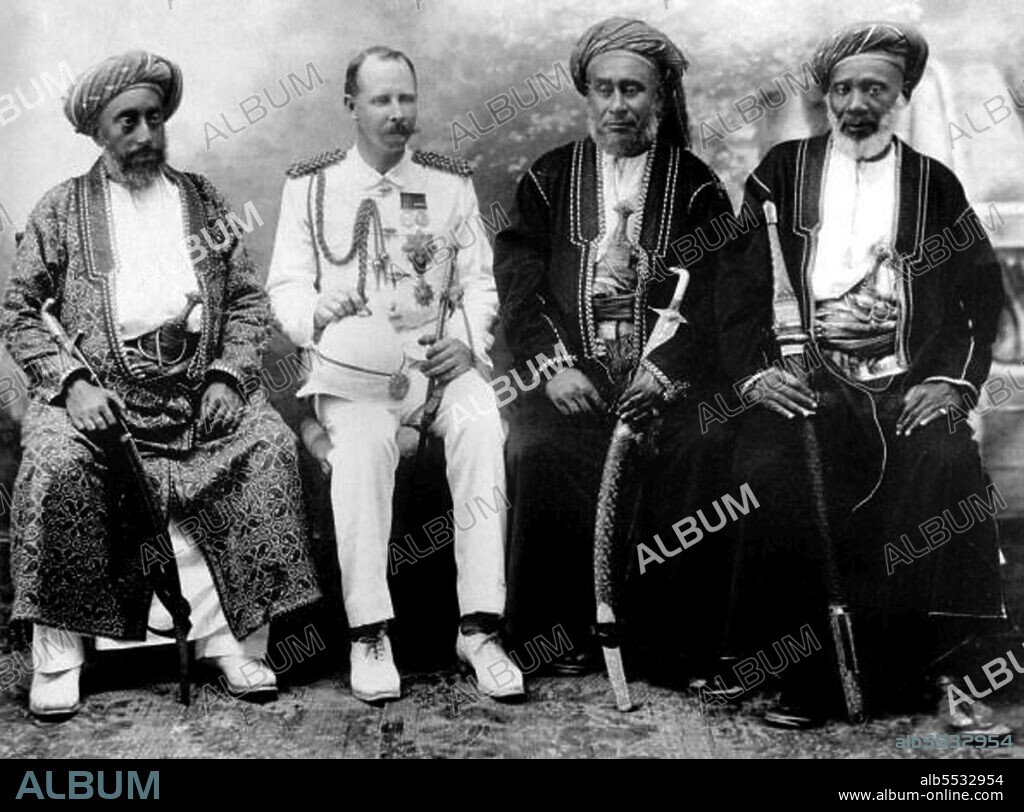
The Impossible Position
In February 1887, Tippu Tib signed an agreement to become the governor of the district of the Falls in the Congo Free State. However, this position proved to be a double-edged sword. The Europeans expected him to control the Arab traders but didn’t provide him with the necessary resources.
Resentment and Departure
Many Arab traders resented Tippu Tib’s alliance with the Europeans, leading to a precarious situation. In April 1890, he left the Falls for the last time, marking the end of an era for his ambitions in the Congo.
Legacy of Tippu Tib

A Complex Figure
Tippu Tib’s legacy is a complex one. He was a man of ambition, navigating the treacherous waters of trade and politics in a rapidly changing Africa. His story is a reminder of the intricate relationships between local leaders and colonial powers.
Impact on the Ivory Trade
His monopoly on the ivory trade significantly impacted the economy of the region. Even today, the effects of his actions can be felt in the historical narratives of Africa.
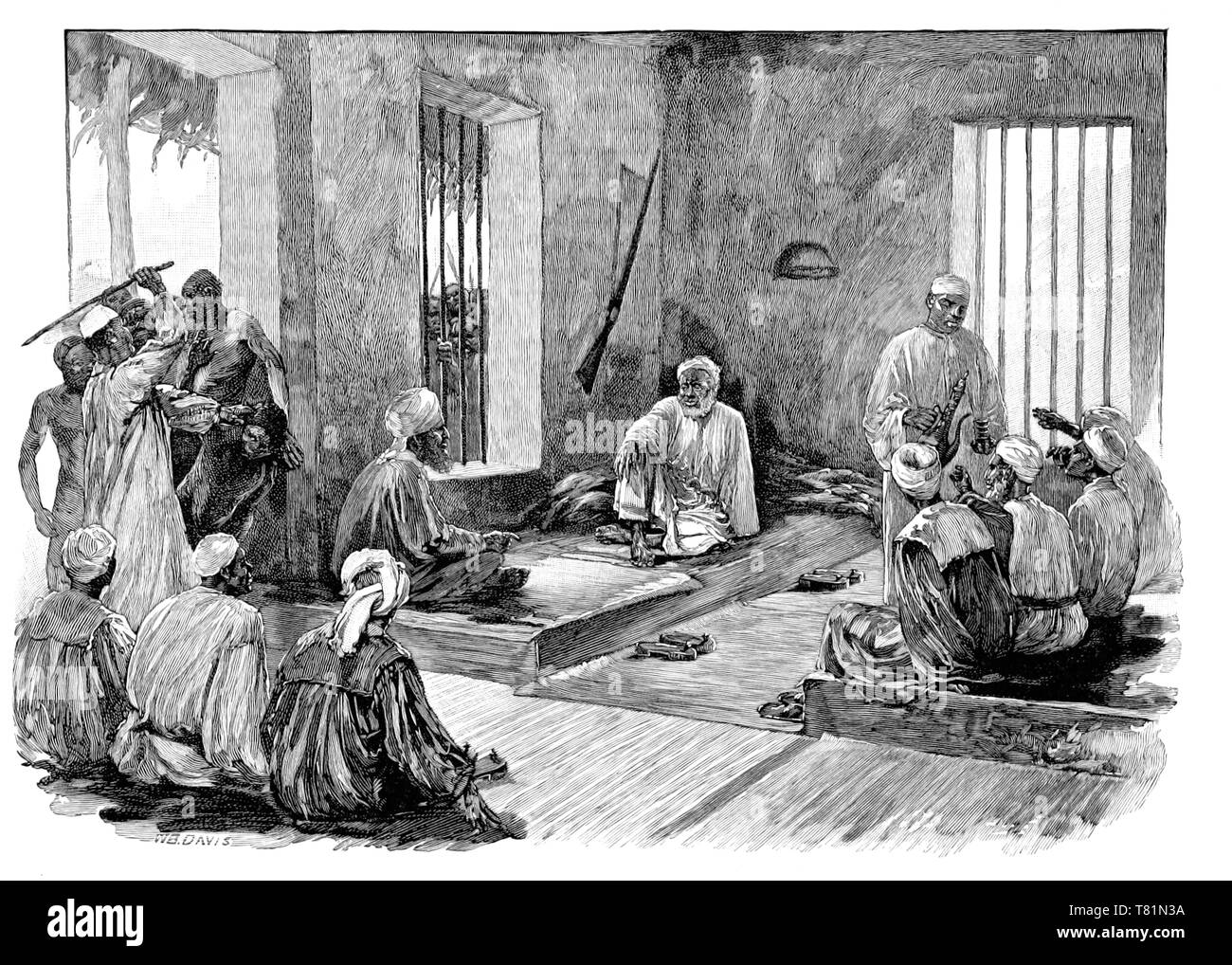
So, what can we learn from Tippu Tib? His life illustrates the intersection of commerce, politics, and culture in Africa during a tumultuous period. As we reflect on his story, it’s essential to recognize the broader implications of trade and power dynamics that continue to shape the continent today.
Table: Key Events in Tippu Tib’s Life
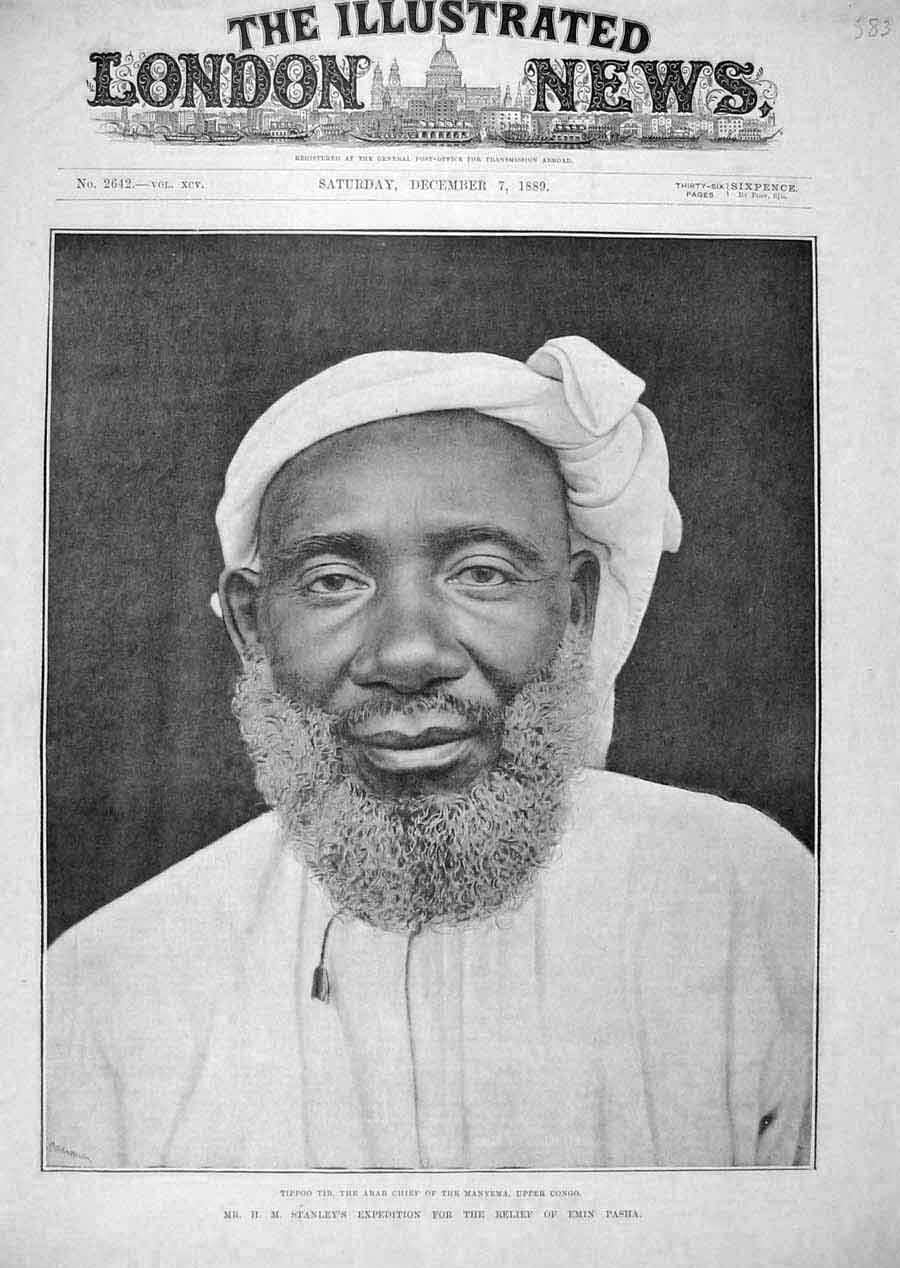
| Year | Event |
|---|---|
| 1837 | Born in Zanzibar |
| Late 1850s | First trading expedition into Africa |
| Late 1860s | Leading expeditions of 4,000 men |
| 1876-77 | Accompanies Henry Morton Stanley |
| 1886 | Returns to Zanzibar with ivory |
| 1887 | Becomes governor of the Falls in Congo Free State |
| 1890 | Leaves the Falls for the last time |

